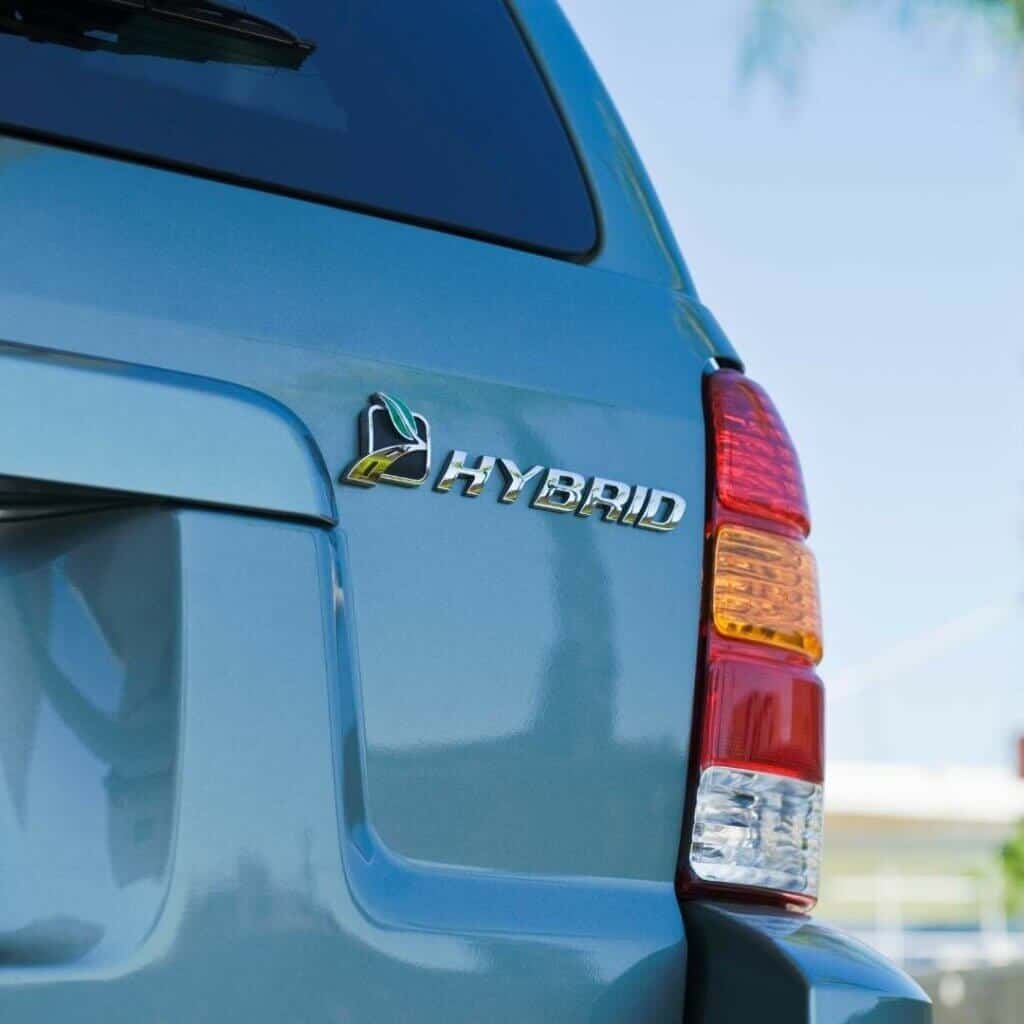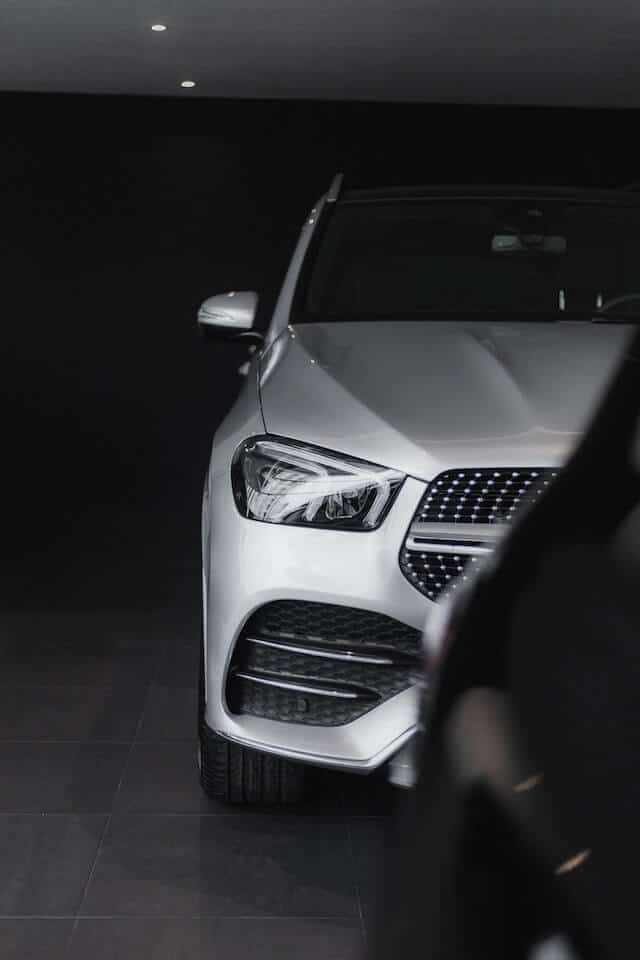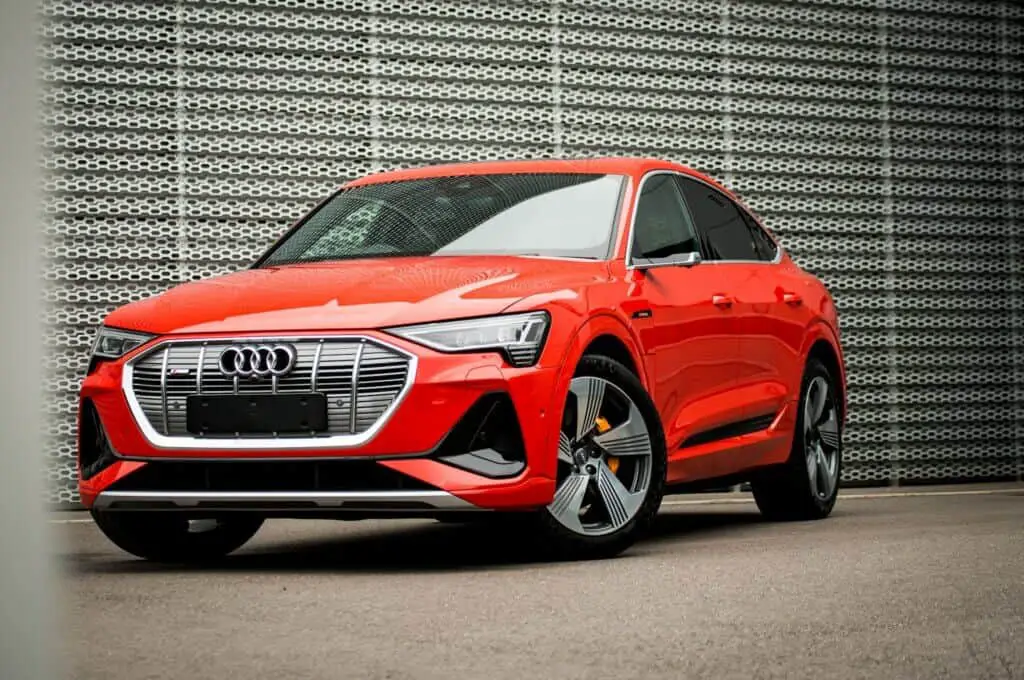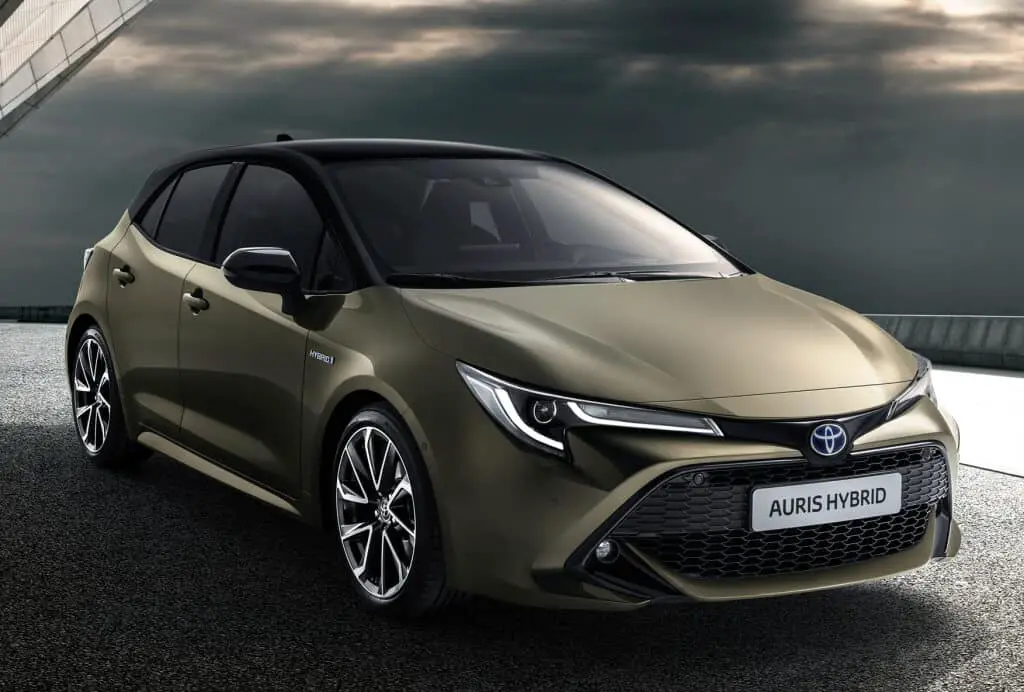If you are looking for a home EV charger, you may get overwhelmed with a lot of different brands . Today we are comparing Juicebox vs Tesla Charger .
All EVs use similar standard plugs for Level 1 and Level 2 charging. However, DC charging standards differ between manufacturers and localities. Tesla, for example, has its proprietary charging technology and network of Tesla Superchargers.
JuiceBox vs Tesla Charger
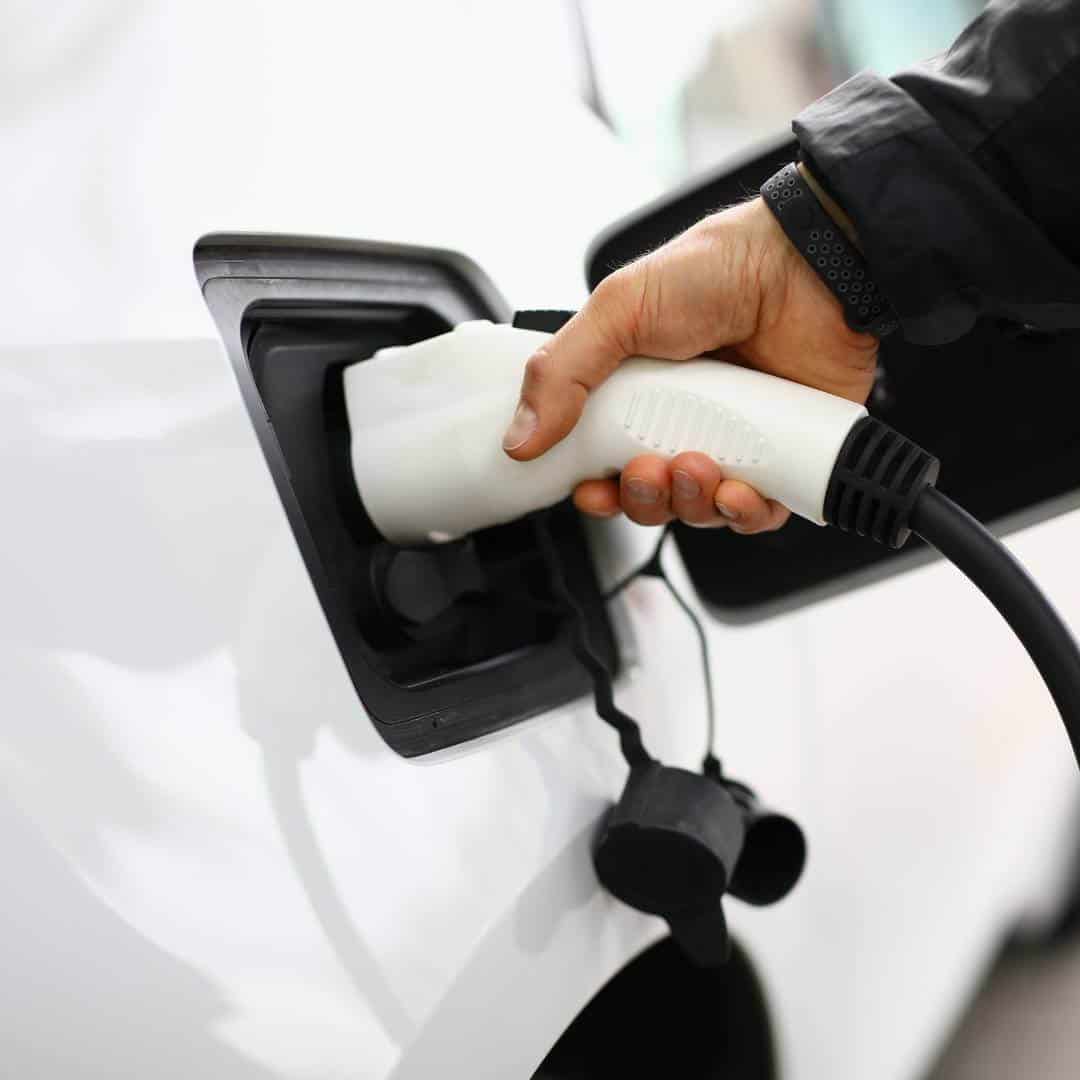
Let’s start with Juicebox review first.
Enel X. produces the JuiceBox EV charger. It is the best-selling home smart charging station. The JuiceBox 40 is white with a black wire and a sleek style. It includes a rounded rectangular box with a cable rack underneath [1].
The JuiceBox 32 has an EV charging station with a high output of 7.7 kW and 32 amperes, which makes it up to 6 times faster. In addition, it has a free JuiceNet App with which you can manage and monitor charging remotely, get alerts when your car is fully charged, schedule charging reminders, and do much more.
The JuiceBox 40 is a 40-amp charger with a maximum alternating current output of 9.6kW. This rating should be sufficient to fully charge the most affordable EVs overnight.
Some contemporary EVs can charge even more quickly—up to 11kW. But to do so, you’ll need a more expensive 50A charger and perhaps a hardwired connection.
Both indoor and outdoor installations are possible. The JuiceBox also has the following features:
- An Integrated Cable Rack
- Lock security feature
- Wi-Fi connectivity
- Dynamic LED lights that display the charging status
- Alexa or Amazon Echo voice control
- Smart grid cost savings that let charging sessions be scheduled for when prices are lower.
You may use the JuiceBox charger to charge any EV on sale today, including Teslas. It has various features that make it more user-friendly than other wall chargers available on the market.
Generally, the JuiceBox is a cost-effective, practical, and efficient charger that makes charging your automobile a snap. It connects to your phone using the Enel X App and has various features to help you save money on electricity.
Tesla Charger Review
The Tesla Wall Charger is the most popular Level 2 charger on the market for a good reason. It has the most advanced connectivity and smart features, one of the highest power outputs, and is less expensive than comparable Level 2 chargers.
The Tesla Wall Charger is a smart gadget that connects to your Wi-Fi [2]. It can be controlled and monitored using the same app you use to operate and monitor your car.
The app has a complete listing of all Tesla and Chargepoint public chargers in your area. It allows you to plan routes, arrange charging periods, and access linked car services from the same app [3].
You’ll require a hardwired connection to get the most out of the Tesla Charger. To power your Tesla Wall Charger, you’ll need to hire an electrician or one of Tesla’s technicians to run new high-voltage connections. This is the only way to acquire the full 11.5kW of AC power [4]. This makes moving houses slightly more difficult.
A 60-Amp circuit breaker is also required. A hardwired connection is unnecessary if you own a Tesla 3 Standard Range model. That’s the only model Tesla sells that can’t be charged at 11.5kW. Therefore, a conventional 4-pin dryer outlet works just well. This automobile requires a maximum power output of 7.7kW at 32A.
Comparing JuiceBox and Tesla Charger
The JuiceBox is universally compatible. It is built to charge all EV cars, including Tesla Model S, X, 3, and Y. Tesla’s charger is solely designed to power Tesla vehicles.
The cheaper pricing of the Tesla Wall Charger makes it a clear winner. However, if your home charger will charge more than one EV, the JuiceBox outperforms most other chargers on the market.
JuiceBox charges faster compared to the Tesla Supercharger. It delivers the power you need to reduce your charge time since Teslas have greater acceptance rates and larger batteries than other electric cars on the market. With JuiceBox 48, charging a 75kwh battery in a Tesla Model 3, Model X, or Model S will take only 7 hours [5].
The JuiceBox 40’s finest feature is its simplicity – it’s easy to buy on Amazon, requires only one electrician visit to install, and has a specific plug-in-and-charge function. In addition, it offers all of the features you’d expect — app-based connectivity, a charging scheduler, Wi-Fi, and a lengthy cable suitable for all private and public parking spaces.
However, because the JuiceBox lacks a pedestal mount, it must be put on a strong wall to support the weight of the charger and the long and heavy cord. That’s not a problem with Tesla because you can buy a pedestal-mounted Tesla Wall Charger instead.
Regardless of the reduced wattage, charging speeds with the JuiceBox is unlikely to be an issue for most consumers. Range increments of 30 miles per hour might be expected at the maximum-rated 9.6kW.
In comparison, Tesla’s Wall Charger charges at a rate of around 44 miles per hour.
Tesla chargers do not have as many features as the JuiceBox. The JuiceBox comes with an app that allows you to turn it on and off, select the time of usage, see charging activity with an estimated cost, see kWh in, estimated miles in, see monthly trends, and it will warn you if you forget to plug in by a particular time, among other things.
It also has a desktop site that gives you more stats. It comes with a detachable plug for an outlet, or you can hardwire it. It is simple to set up.
Both systems have a 48 amp output and an 11.5 kWh capacity, Wi-Fi connectivity, over-the-air software updates, and a built-in cable management system. But, starting with the cable, the JuiceBox 48 outperforms the Tesla charger in every other area.
For example, the JuiceBox cable is 25 feet long (compared to Tesla’s 18-foot cord) and features a built-in locking mechanism, which is not present on the Tesla unit.
JuiceBox has Alexa-enabled voice commands, the ability to charge when electricity is greenest (and cheapest) automatically, ENERGY STAR certification, and a range of financial incentive packages, including eligibility for rebates that can cover 100% of the unit cost.
Tesla Chargers vs Other Chargers
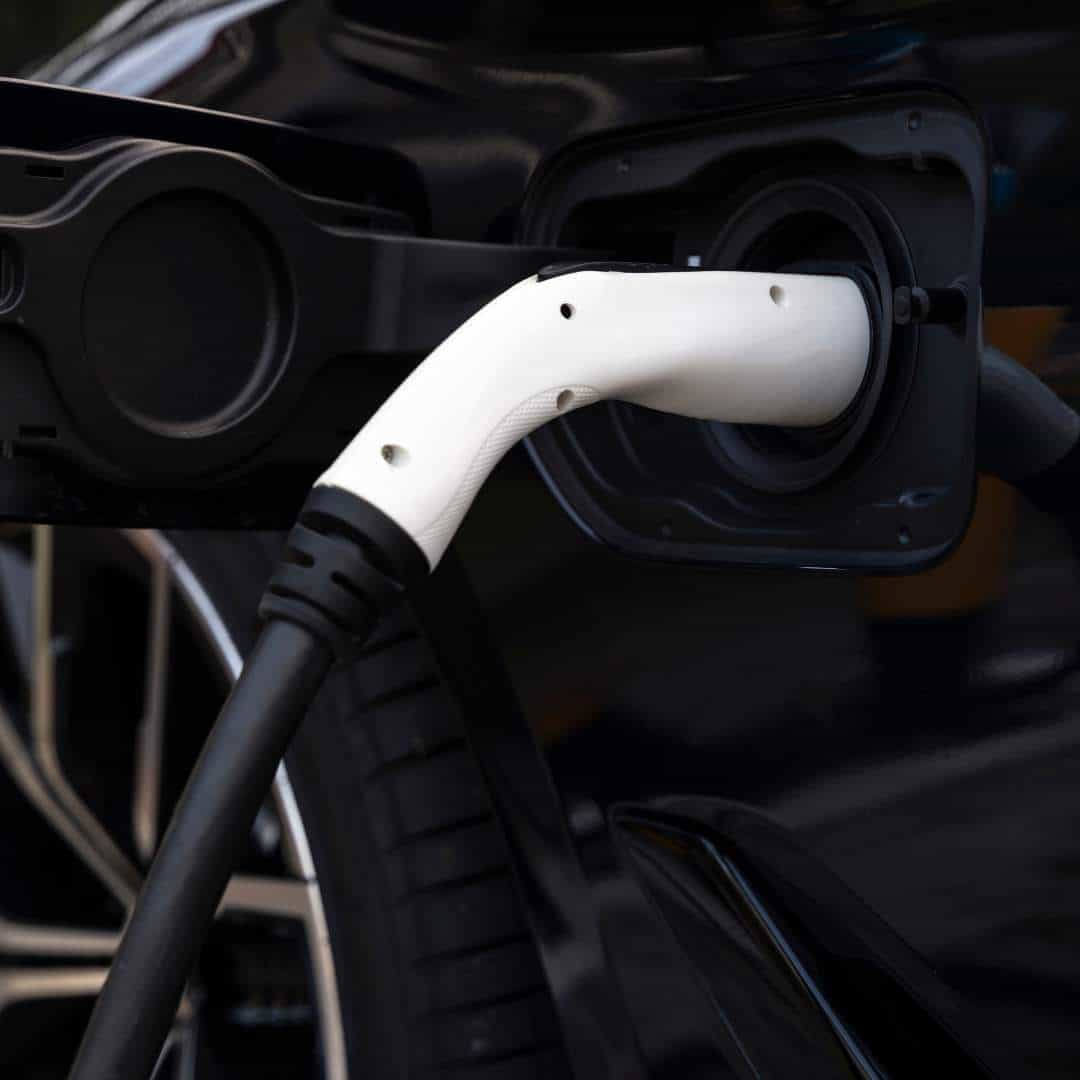
Tesla Superchargers are built, managed, and owned by Tesla and are currently available for Tesla-made vehicles.
Unlike all other electric automakers, Tesla employs its proprietary connector for automobiles made for the North American market. This implies the company’s charging network and goods, such as home chargers, only operate with its electric vehicles.
Tesla’s design has been hailed for being considerably easier to use and more efficient than the CCS/J1772 standard embraced by the rest of the industry [6].
The Tesla connector is the most effective of EV connectors; it can do it all. Tesla automobiles use the same connector for charging on Level 1 (120-volt) and Level 2 (240-volt) Tesla Superchargers, as well as DC fast charging (400-volt).
For level 1 and 2 charging, all other EVs utilize the J1772 connector, and for high-speed DC fast charging, either the CCS1 (Combo) or CHAdeMO connector is used [7].
On the other hand, Tesla has its proprietary connector, meaning Tesla customers must purchase an adaptor to use non-Tesla charging stations.
The CCS1 to Tesla adapters, which allow Tesla owners to charge at CCS1 DC fast charge stations, is of great interest.
These adapters are new because Tesla only recently began building CCS1-compatible automobiles, and not all Tesla vehicles can utilize a CCS1 adaptor.
Related: Tesla Model 3 Problems
Best Charger for Tesla
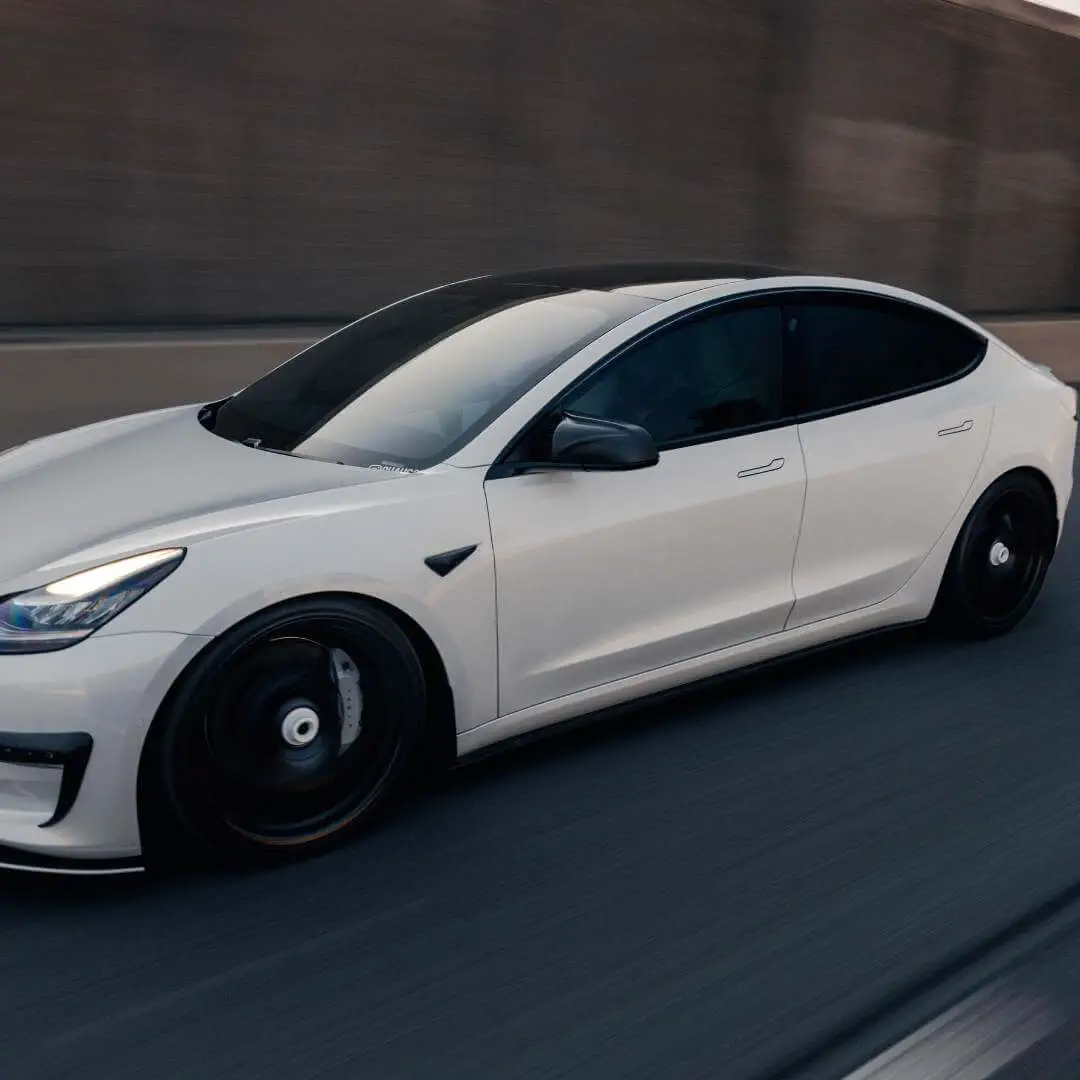
The Tesla Mobile Connector (slow and medium-speed charging) and the Tesla Wall Connector (rapid charging) are distinct for residential use. Using an adaptor, other charging stations are also compatible with Tesla.
Although both the Wall Connector and the Mobile Connector are Level-2 chargers, they are different products. The Tesla Wall Connector isn’t only the best since it’s made by Tesla. This charger is an excellent device, and its design for Tesla vehicles makes it the most effective type for safe, rapid, and dependable charging.
The Tesla Wall Connector has the following advantages:
- Range of up to 44 miles per hour of charging.
- Works with all Tesla vehicles, making it ideal if you own more than one.
- Durable and weatherproof, it can be put indoors or outdoors.
- Appealing and trendy design.
When installing the best EV charger for your Tesla, functionality is essential. While the Tesla Wall Connector works well with a Tesla, it also has one major drawback. Tesla charges with a proprietary connector. This may not sound like a concern until you discover that all other EVs utilize a universal connector, the J1772.
Finally, friends and family visiting with other makes of EV will need to charge their cars if they’re staying for several days. Installing a Tesla Wall Connector will prevent you from charging any other brand of EV in all of these instances. Instead, both may be charged using a universal charger.
Read Also: PlugShare vs Chargepoint
Conclusion
The JuiceBox is a convenient, readily available solution for everyone else that you won’t regret using. Although it costs a little more than the Tesla Wall Charger, the JuiceBox is suitable for the majority of EV consumers.
Read Also: Wallbox vs ChargePoint

